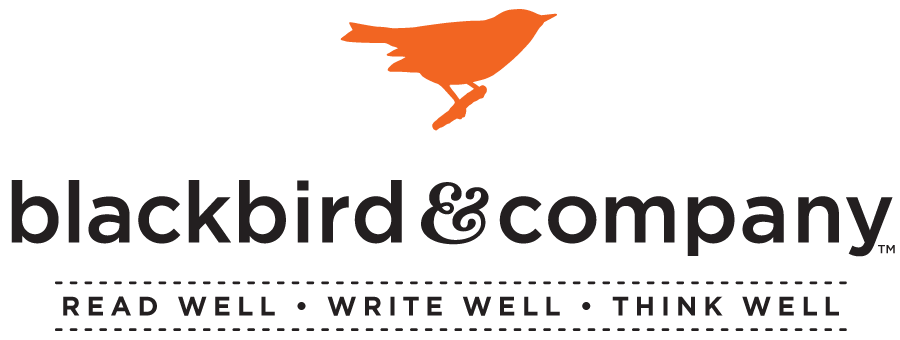Stitchery builds cognitive plasticity.
Embroidery is a practice that will empower students to be aware of fine motor potential, overcome the short attention span, and to have a growth mindset. The nervous system controls all of the body functions. But it is a complicated system with diverse potential. by tapping into all potential and possibilities while learning, students will develop diverse thinking skills.
Enhanced performance of the brain ensures that all of the other body systems perform accordingly. Metabolism, for example, is a complex task that makes sure the body has minerals when needed and ensures that toxic waste is extracted from the body. Creative endeavors help the brain to engage in focused, relaxed work, improving nervous system performance. Embroidery is good for the brain. And this is good for learning.
For this project we began by observing Picasso's Owl:
Next, students made original drawings inspired by Picasso's drawing. After each child had a drawing they were settled with, the drawing was transferred to the burlap flap. We used the running stitch since these were made by 1st and 2nd graders. But running stitch is great place to start with all ages.
One hint: Have two needles threaded for each student, "unthreading" is common with new stitchers!
Embroidery is academic. So put down the pencil, pick up a needle and thread.
While stitching, think interdisciplinary: Read a book about owls! Write an owl poem.
-Kim

